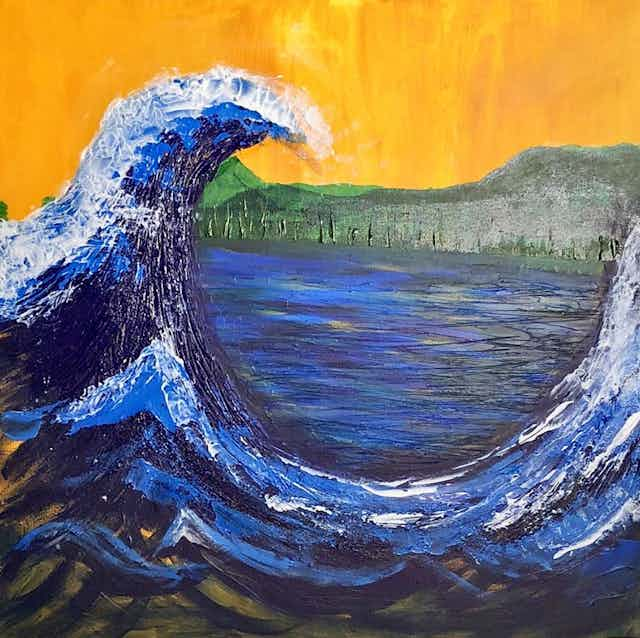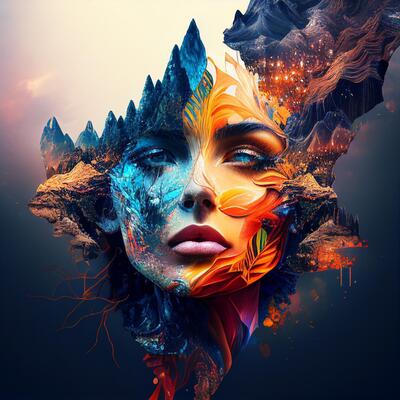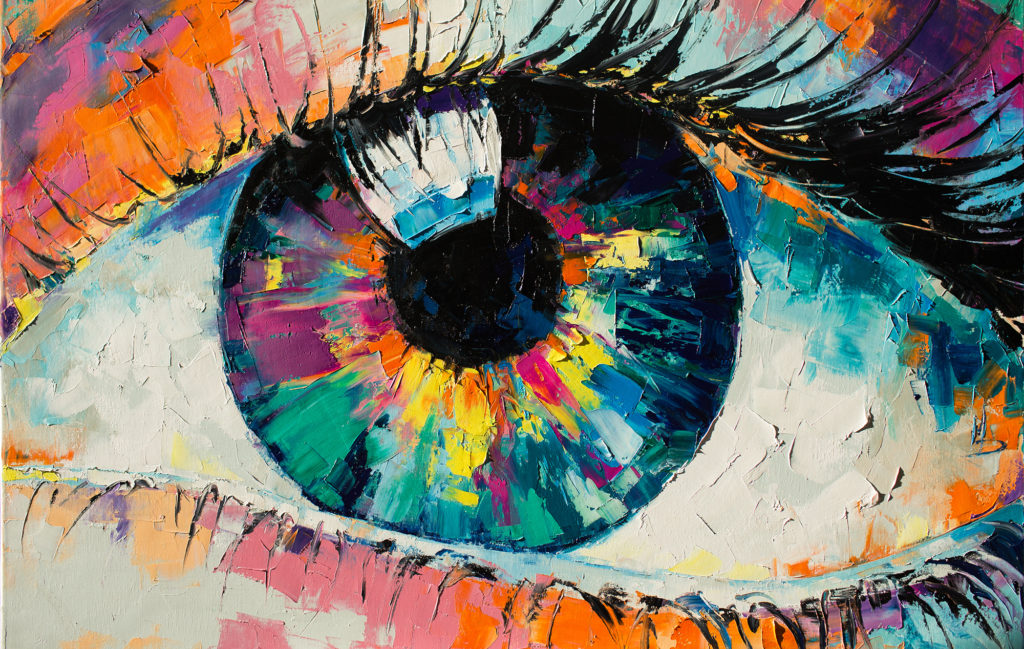Delving Into the Diverse World of Artistic Expression: From Surrealism to Abstract Realistic Look
In the world of imaginative expression, from the dreamlike landscapes of surrealism to the intricate play of light and kind in abstract realism, artists have continuously pushed the borders of creative thinking and imagination. Each motion holds a distinct lens via which the world is seen and interpreted, using a peek into the depths of human emotion, assumption, and assumed. As we check out the multifaceted world of art, we exist with a tapestry of designs, strategies, and approaches that challenge our understanding and prompt reflection. The trip through these diverse types of creative expression guarantees to unravel an abundant tapestry of aesthetic narration and intellectual query that mesmerizes the mind and stirs the spirit.
Surrealism: Letting Loose the Subconscious
Surrealism, an avant-garde artistic movement of the 20th century, explored the midsts of the subconscious, unveiling a globe of dream-like images and unusual juxtapositions. Led by musicians like Salvador Dali, René Magritte, and Joan Miró, Surrealism sought to challenge the standard means of comprehending and seeing art. Through methods such as automatism and desire analysis, Surrealist artists aimed to tap into the unconscious mind to reveal concealed truths and needs.
One of the crucial elements of Surrealism was the focus on the irrational and the astonishing. By integrating unexpected elements in their jobs, Surrealist artists intended to create a feeling of disorientation and shock in the customer. This disturbance of reasoning and reason was suggested to provoke a much deeper expedition of the subconscious and the secrets of the human subconscious.
Abstract Realism: Redefining Perception
Challenging traditional artistic boundaries, Abstract Realism redefines assumption with the combination of recognizable elements with abstract kinds. This innovative method to art combines the representational precision of realism with the innovative freedom of abstraction, offering visitors an unique visual experience that motivates them to question their understanding of truth.
In Abstract Realism, artists make every effort to record the essence of their subjects while also infusing their job with a feeling of depth and intricacy via abstract components. By blending the accustomed to the unfamiliar, these musicians invite target markets to engage with their items on numerous degrees, motivating them to explore the subtleties of color, type, and structure.

Cubism: Fragmenting Reality
Using geometric types and fragmented viewpoints, Cubism revolutionized the artistic depiction of reality in the early 20th century. This strategy not just deconstructed truth however likewise highlighted the flatness of the canvas, leading the method for future abstract art motions.

Cubism can be categorized right into 2 main stages: Analytical Cubism, identified by single color visit our website design and intricate, fragmented forms; and Synthetic Cubism, which included collage aspects and brighter shades into the structures. With these distinct stages, Cubism influenced not only paint but also sculpture, style, and architecture. trump art. Its effect reverberated throughout the art globe, motivating musicians to discover brand-new means of interpreting and representing the world around them
Expressionism: Emotions on Canvas
Checking out the midsts of human emotions via meaningful and dazzling brushstrokes, Expressionism emerged as an extensive imaginative movement in the early 20th century. Unlike previous art motions that concentrated on showing the outside globe, Expressionism looked into the internal realm of the artist's subconscious, aiming to evoke raw emotions and prompt natural feedbacks from audiences.
Expressionist artists, such as Edvard Munch, Egon Schiele, and Emil Nolde, denied traditional ideas of charm and realism for misshaping kind and color to communicate subjective sensations. Using exaggerated brushwork, vibrant shades, and distorted numbers aided develop a feeling of worry, alienation, or interest in their works.
Among one of the most famous examples of Expressionism is Munch's "The Scream," which records the intense anxiety and misery of contemporary life with its swirling, distorted number against a blood-red skies. Through their mentally billed jobs, Expressionist artists sought to challenge standard imaginative standards and offer a home window into the rough midsts of the human soul.
Contemporary Art: Advancing Viewpoints

One of the specifying attributes of modern art is its constant evolution and capability to adapt to altering cultural landscapes. Artists are increasingly incorporating modern technology right into their practice, blurring the lines in between the electronic and physical worlds. This blend of mediums enables cutting-edge ways of narration and involving with target markets in a more interactive way.
Furthermore, modern art usually functions as a system for social discourse, addressing pressing problems such as identity, politics, and the environment. Musicians are utilizing linked here their work to provoke and stimulate vital conversations idea, shedding light on the complexities of the world we live in. As point of views continue to progress, modern art continues to be a significant and dynamic force in forming our social landscape.
Final Thought
In conclusion, the world of artistic expression incorporates a large array of motions and styles, each with its own distinct technique to conveying definition and emotion. From surrealism's expedition of the subconscious to abstract realism's redefining of perception, and from cubism's visit fragmentation of truth to expressionism's representation of emotions, art continues to advance and test viewpoints - trump art. Contemporary art mirrors the ever-changing globe we live in, supplying brand-new means to interpret and recognize the intricacies of our reality
As we explore the multifaceted globe of art, we are presented with a tapestry of designs, methods, and philosophies that challenge our understanding and prompt contemplation. Its impact resounded across the art world, inspiring artists to check out new means of analyzing and standing for the globe around them.
